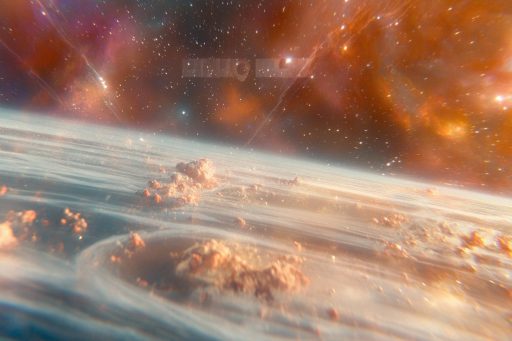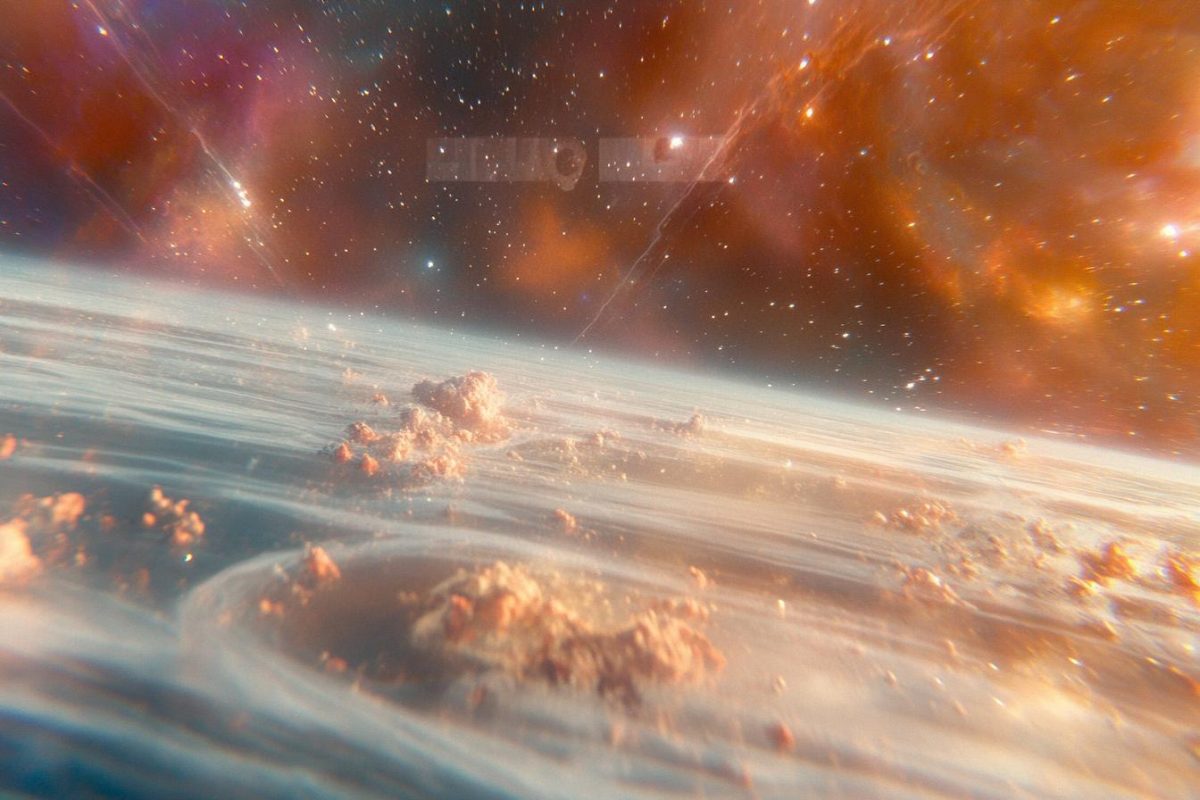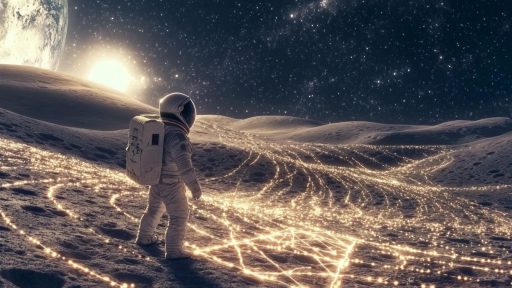
Space is not just vast—it’s bizarre. Throughout the cosmos, scientists have encountered phenomena that challenge everything we thought we knew about physics. These celestial enigmas twist the fabric of reality, defy natural laws, and leave experts with more questions than answers. As we peer deeper into the universe, we may be forced to rewrite the rules of existence itself.
Dark Energy’s Relentless Push

The universe isn’t just expanding—it’s accelerating, thanks to a mysterious force called dark energy. It makes up the majority of the universe, yet we can’t observe it directly or explain how it works. This invisible pressure seems to violate our understanding of gravity and momentum. It’s as if the cosmos itself is being pushed apart by an unseen hand.
Quantum Entanglement Across the Stars

Particles separated by light-years can instantly affect each other, a phenomenon Einstein called “spooky action at a distance.” While it’s been observed on Earth, there’s growing interest in whether this could occur naturally in deep space. If so, it would suggest the universe is more interconnected than we ever imagined. This strange bond defies the limits of time and space.
The Galaxy Without Dark Matter

Dark matter is believed to be the scaffolding of the universe—but some galaxies appear to be missing it entirely. One such galaxy, NGC 1052-DF2, moves in ways that don’t require the gravitational glue dark matter provides. It’s an astronomical anomaly that casts doubt on one of the most accepted theories in astrophysics. Could we be completely wrong about what holds galaxies together?
The Star That Refuses to Die

A massive star known as iPTF14hls exploded in a supernova… and then exploded again. This star flared up multiple times over years, defying our understanding that supernovae are one-time events. It’s been called a “zombie star” and baffles astronomers with its persistence. How can a star keep dying without truly going out?
The Alien-Like Behavior of Fast Radio Bursts

Fast Radio Bursts (FRBs) are millisecond-long pulses of high-energy radio waves, and some seem to follow patterns. Unlike natural cosmic emissions, certain FRBs appear with eerie regularity. This has led to wild theories—from exotic physics to signals from advanced civilizations. Regardless of origin, their behavior breaks the mold of traditional astrophysical phenomena.
The Gravity-Defying Rotation of Galaxies

Galaxies rotate at speeds that should tear them apart, based on the mass we can see. Yet they hold together, suggesting there’s something massive and invisible—hence, the dark matter hypothesis. But what if gravity itself is behaving differently on a cosmic scale? Some physicists think we may need to revise Newton and Einstein entirely.
The Cosmic Jet That Shouldn’t Exist

Astronomers once spotted a black hole spewing a jet of energy spanning hundreds of thousands of light-years. The scale and intensity of this outburst seem to defy the black hole’s known limits. The mechanics of how something can erupt with such focused force remain a mystery. It’s as if the universe is flexing powers we don’t yet understand.
The Universe’s Missing Antimatter

The Big Bang should have created equal parts matter and antimatter—yet we see almost no antimatter today. If the two met, they would annihilate each other in a burst of pure energy. So why does matter dominate, allowing galaxies, stars, and life to exist at all? This imbalance breaks the fundamental symmetry physics relies on.
Time-Distorting Neutron Stars

Neutron stars are the densest objects in the universe besides black holes, and their gravity warps space and time dramatically. In their presence, time slows so much that seconds can stretch beyond comprehension. Observations around them challenge what we know about time’s consistency. These stars are nature’s ultimate time machines—bending reality at the edge of collapse.
The Star That Travels Faster Than Light

While nothing can truly exceed light speed, one star ejected from a black hole came astonishingly close. Called a hypervelocity star, it was launched so fast it’s leaving the galaxy. Its movement stretches the limits of relativistic physics. Could the mechanics of space near black holes be stranger than we thought?
The Quantum Foam of the Vacuum

Empty space isn’t empty—it bubbles with energy at the tiniest scales, creating what’s called “quantum foam.” This chaotic landscape defies the classical concept of a vacuum and suggests space itself is a seething mess of temporary particles. It’s a place where physics becomes probabilistic and unstable. Even nothingness, it turns out, is something beyond comprehension.
The Great Attractor’s Mysterious Pull

Something massive—unseen and unexplained—is tugging our entire galaxy and others toward it. Known as the Great Attractor, this gravitational anomaly lies hidden behind the Milky Way’s dust. We can’t see it, but its influence is undeniable. It’s as if the cosmos is being pulled toward a destination we can’t yet reach or understand.
The Multiverse Leakage Hypothesis

Some cosmic irregularities suggest that other universes might be interacting with ours. Theories propose that “leakage” from neighboring universes could create strange imprints in our own. These patterns don’t follow the laws of our universe—and they may hint at a much grander multiversal architecture. If true, the universe as we know it is just one note in a cosmic symphony.
When the Cosmos Bends the Rules

Across the universe, there are signs that our current understanding of physics is incomplete—or even flawed. These strange phenomena don’t just bend the rules, they sometimes rewrite them entirely. What we call “impossible” may simply be a placeholder for what we don’t yet understand. As science stares into the void, the void may be whispering new laws of nature back at us.





